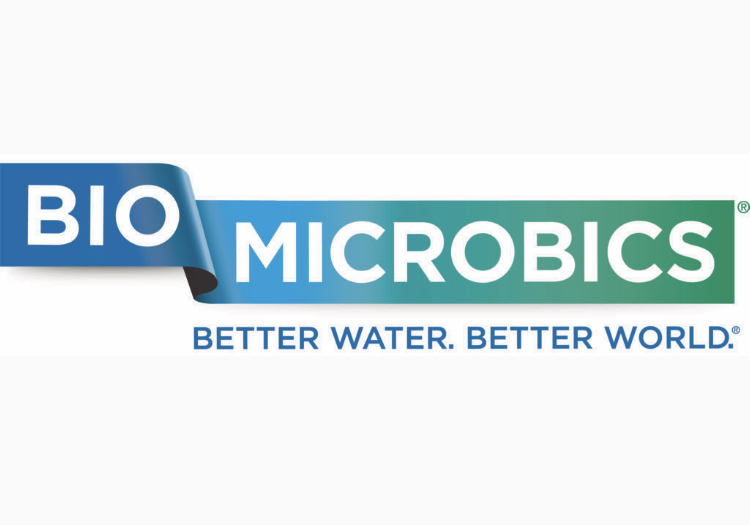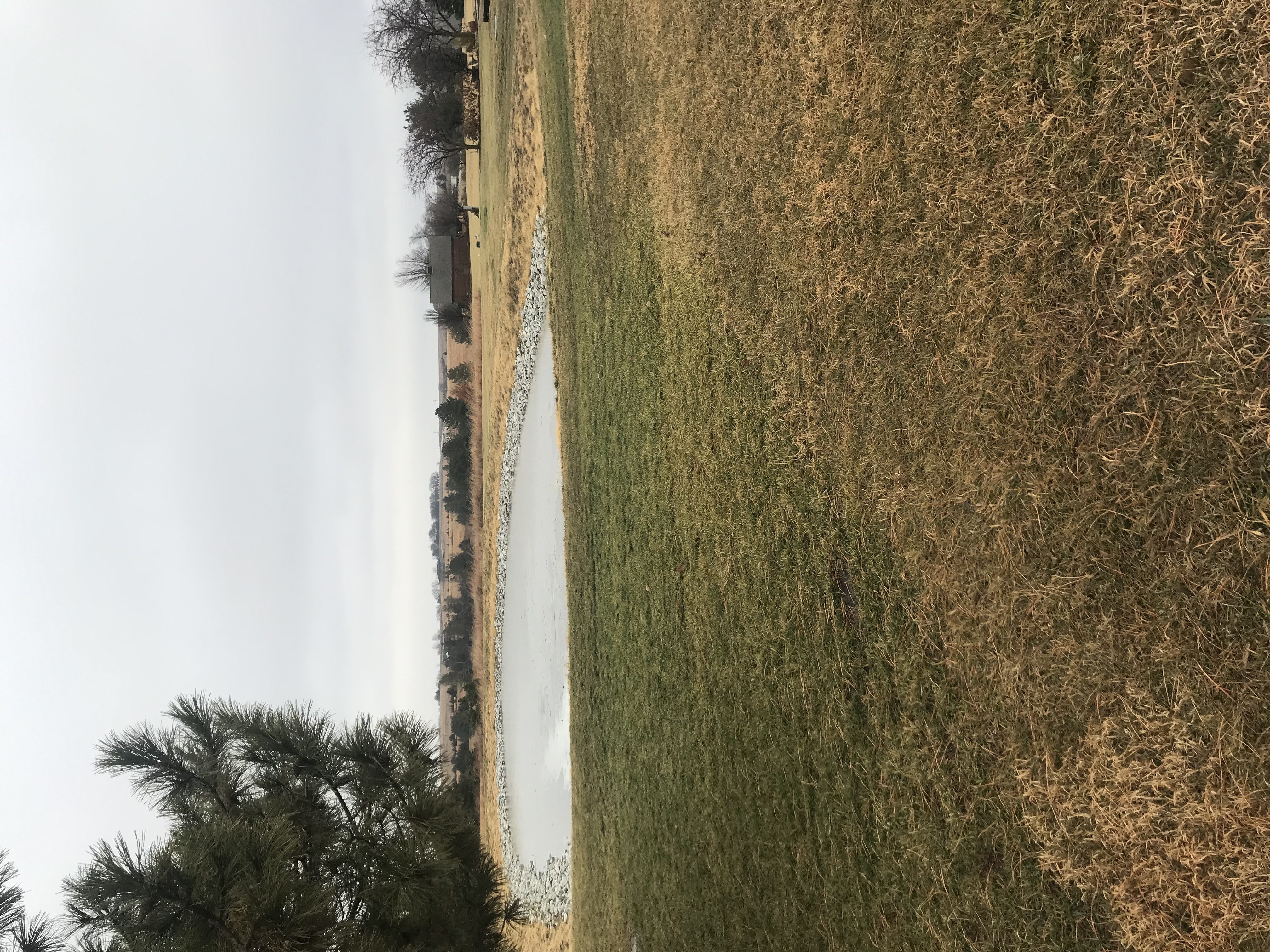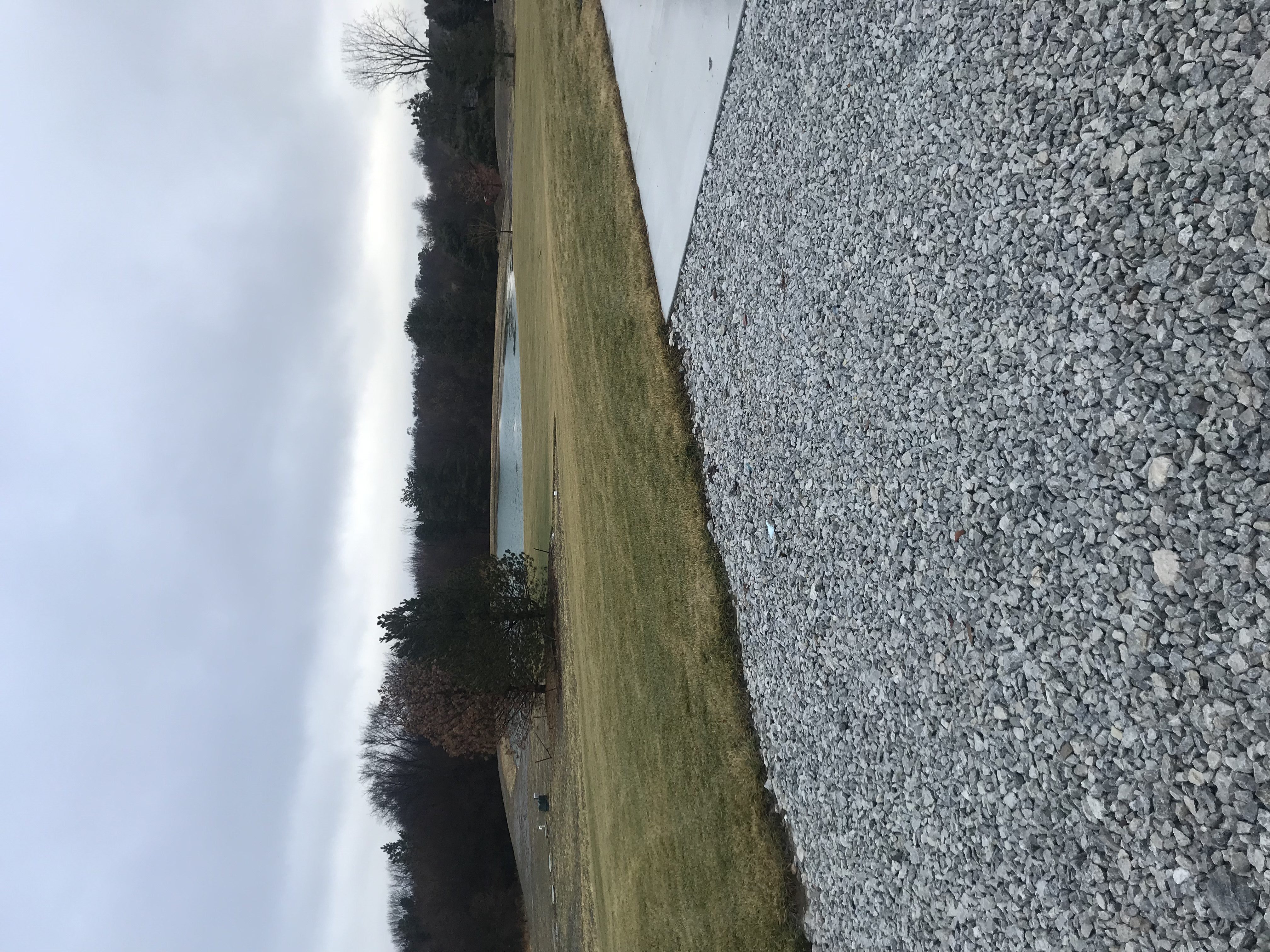We live in a world where we constantly hear the words “new and improved” or “advanced technology” — but have you ever considered those words in regards to a septic system? I have written a lot about traditional septic items – for today though, why don’t we discuss something septic related but on the side of “new” or “advanced”? (Technically it’s not really new…but it is new to Nebraska!)
Did you know technology exists to clean up your wastewater better than ever? For years, the main treatment of septic wastewater has been in the tank. The water drains in the tank first and because it is typically air tight, the bacteria in the tank conduct anaerobic respiration to break down all the nasty stuff that is in the water. After the tank treatment, the water slowly drains out to your lateral field where the soil performs a final treatment. In the drainfield, water is either absorbed into the ground or evaporated through the plants (transevaporation). But we can also clean up the water BEFORE it reaches the lateral field and we can do it pretty effectively! You know what the crazy part about it is? The way we clean it up is by using bacteria and ultraviolet radiation.
You may wonder, why would a new way to treat septic systems be needed if the old, traditional form still works? Well, there are a few reasons!
1) As wastewater system installers, we are concerned about the environment. We want to install systems that do not fail or potentially hurt the groundwater. Anytime there is an opportunity to do more we’d be amiss to ignore it. There is technology that can be used on conventional septic systems to clean up to 75% of the contaminants out of the water before it leaves your septic tank. This not only allows for cleaner water to be absorbed into the soil (and eventually ground water) but also increases the life of your septic system lateral field. The less “ick” (for lack of a better word) that drains into your laterals, the longer they will last! **It should also be noted that while this type of technology is “new” to Nebraska, it is not “new” technology. The concept that has evolved over the years was originally used in US Naval ships in the 1960s and has been made increasingly better and more amazing over the years.** The new septic technologies I am referring to has been built by the company Bio Microbics since the early 90s and they are currently based out of the Kansas City area.

Basically, how this works is water comes from the house like normal. And just like a conventional septic system, it all drains into a septic tank. Here, all the water and the solids from the house (poo, toilet paper, garbage disposal remnants, etc) are collected. The solids are trapped in this tank while the water makes its way into a second tank. In this tank, we have some filter material and a blower that provides oxygen to the water. On the filter material bacteria start to grow and their job is to start cleaning up the water from the first septic tank. The blower provides the necessary oxygen to keep the bacteria alive and functioning. After the water leaves the tank with the bacteria filter, it is hit with a UV light. This kills any remaining “junk” that might be harmful before either being absorbed into a lateral field or dumping into what we call a polishing pond. Both of these examples are ways we can treat your wastewater so it is cleaner for the environment.
2) What if your ground doesn’t perc? About the only option in Nebraska is to install a lagoon. Most of the population HATES lagoons. They are ugly, smelly, and disgusting. It’s basically a poop pond and who wants that? In some cases where the ground doesn’t perc we can create a pond and install the above mentioned treatment unit to clean up the water so much that someone driving by wouldn’t know it was a wastewater system. They would think “What a nice little pond that acreage has!”



Do any of these “ponds” above make you think poop?! I’m guessing they do not. But they are, in fact, the end treatment of a homeowner’s wastewater system. Kinda nice, huh?
This is also useful in an engineered septic system where the ground doesn’t perc well. Keeping contaminants out always increases the life of the septic system.
But you may ask me, “Okay septic girl, if all this is so great and possible, why isn’t EVERYONE using these systems?” And here’s my answer…remember when cell phones first came out? Only the really rich had them? Now look at our world. Who doesn’t have a cell phone? I bet you’re even holding one right now and possibly using it (and your Google app) to fact check this article! So, to specifically answer your question, COST is the number one reason they aren’t everywhere.
Also, changing the mindset of people. Cleaning up the water seems logical, right? Recycling makes sense too, but does everyone do it? Not yet. However, there are more people recycling today than there were 20 years ago! And, this mindset isn’t just a change at the homeowner level, but at the government regulation level as well. Big things often are. But for now, I still think it’s important to get people thinking and talking about it. Information is power, right?
Until next week my faithful septic tribe!
